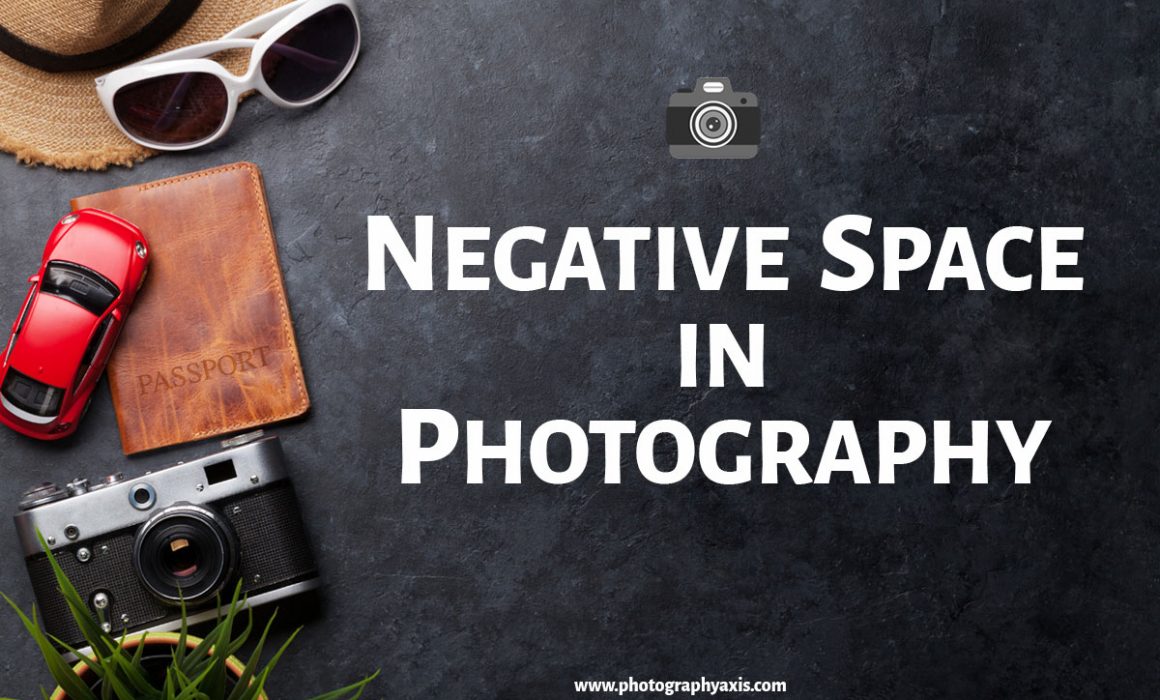Negative Space in Photography| When & When Not to Use It?
Have you seen images where the main subject occupies a small section of the frame? These are photographs that are composed using the negative space photography technique. How do you compose such shots? When to use this composition technique and when to avoid it? We will find the answers to all these questions through this guide.
What is Negative Space in Photography?
Negative space is the empty space area apart from the main subject in a scene. When you use negative space in photography, the subject will occupy very less area and empty space will occupy majority of the scene. There can be one or more main subjects.
When negative space exists on a photo, there should be some positive space also, right? So, what would be the positive space in an image? It is nothing but the main subjects in the picture.
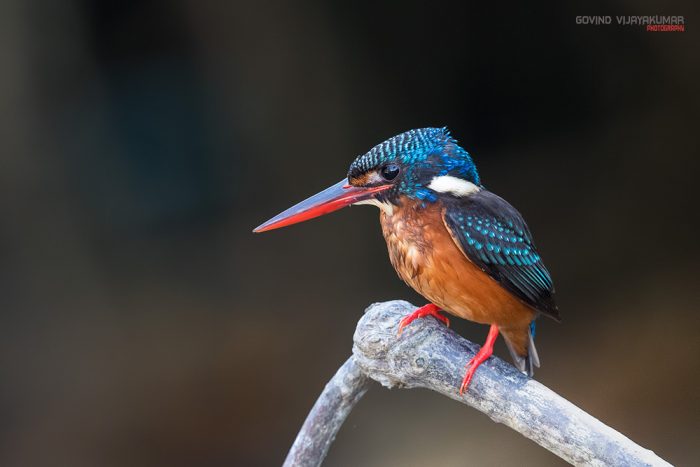
In this image, the Blue-eared Kingfisher perched on the branch forms the main subject, which corresponds to the positive space.
The blurred background which extends toward the left side of the image, where the Kingfisher is looking, and the area behind the bird forms the negative space in the photo.
When to Use Negative Space in Photography?
Now, you know about negative space. So, you should be thinking, why waste such a good amount of space in a photograph?
So, let us see how using negative space can help in photography.
1. Aids in Image Composition
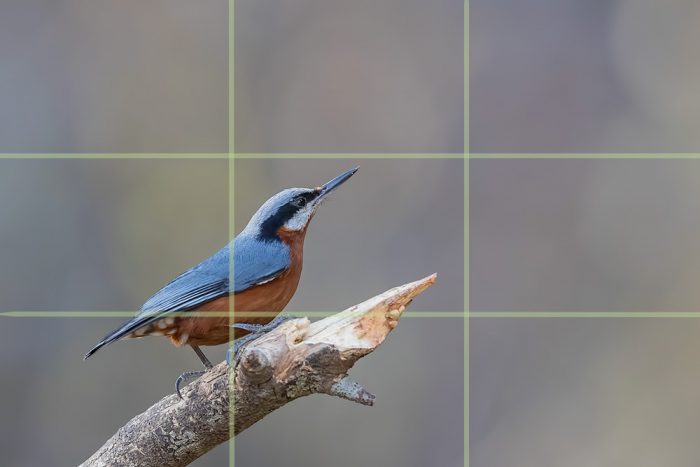
No image is complete without using proper image compositions.
In this shot of the Chestnut-bellied Nuthatch bird, I have used the rule of thirds technique for composing the picture.
Here, the bird is looking towards the top right side. The use of the rule of thirds has left lots of negative space in the picture.
But, it helps to get a good composition for the scene, with the body of the bird falling on the intersectional node of the vertical and horizontal lines, following the rule of thirds.
2. Makes the Subject Pop Out
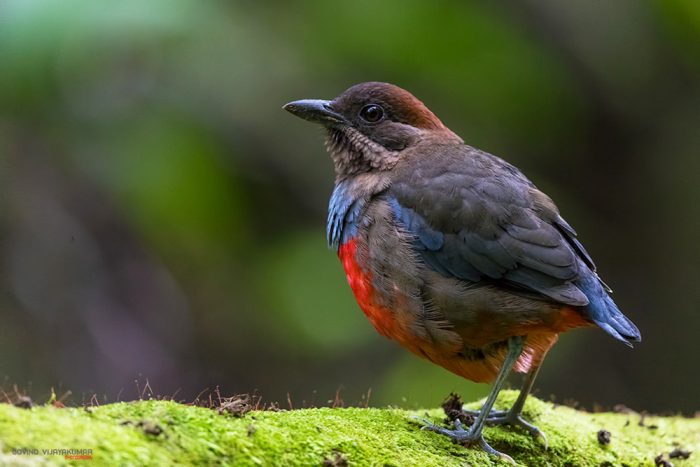
Most of the time, when we go for a Shallow depth of field with a large aperture, we will get negative space in the image.
But, this helps the subject to pop out and draw the viewer’s attention to the frame. Here, the whiskered pitta standing on the moss, pops out in the frame, leaving negative space in the out of focus area in the picture.
If all the background elements in the scene are visible, then the viewer will have to search the image to find the main subject, which makes the image unpleasant.
3. Selling Photos
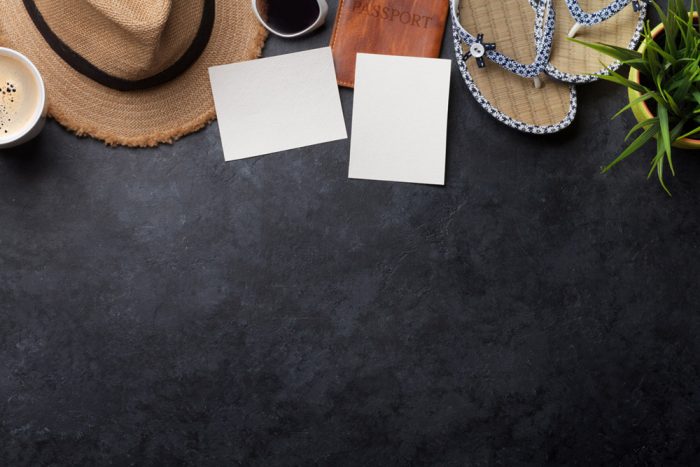
If you plan to sell your photos, then negative space can help. If your photo sale is targeted towards a digital designer or stock photography sites, the chances of selling are more with negative-spaced images.
It is because designers will be looking for such negative space images for designing the flyers, brochures, and pamphlets.
Thus, if your image already comes with this space, it makes their life easy.
They don’t have to work additionally to cut the main subject. They can use this space to write their content, provided the background colors match.
4. Main part of Minimalist Photography Style
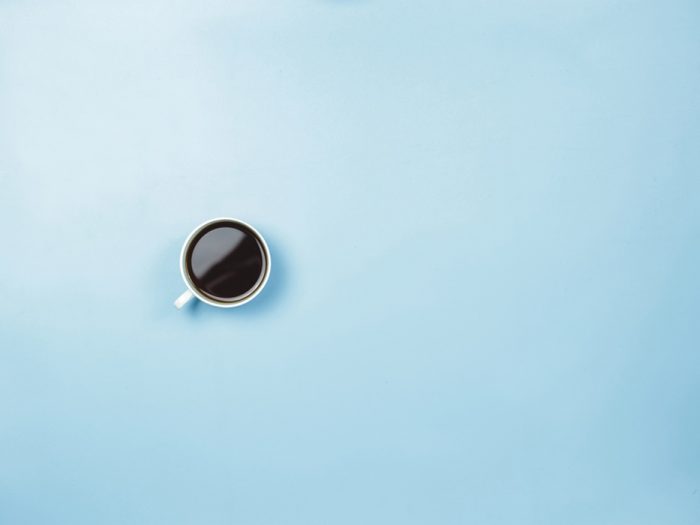
Have you heard about the Minimalist photography style? It is a style of photography where your subject occupies a very less portion of the frame.
Here, the negative spaces play a vital role in this type of photography. It gives breathing space for the subject.
When to Avoid Negative Space?
Now, you know, the different situations where you can use negative space.
Let us see some conditions where you should try to avoid negative space.
When it’s a Distraction
If the negative space proves to be a distraction, it is better to avoid it. It can be in the form of the wrong blend of colors.
The best way to deal with this situation is to use a different composition technique.
Still, if you are not able to fix it, you can use the crop tool to alter the aspect ratio of the image to reduce the adverse effect of negative space and go for the fill the frame technique.
Few Examples of Images with Negative space
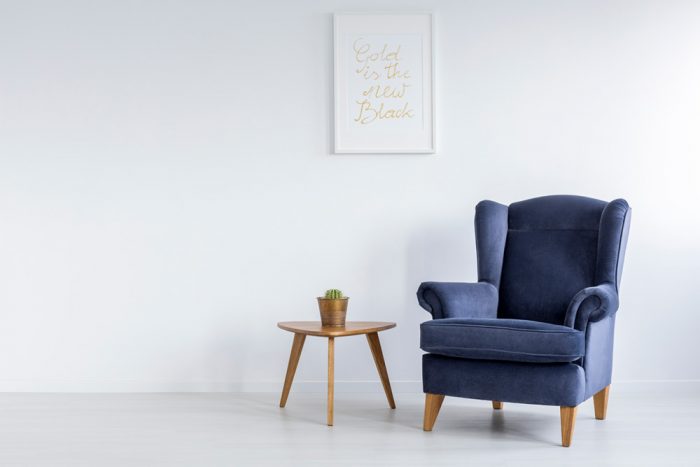


Conclusion
Now you know, how negative space can make your image more compelling. So, start using it.
Now, you may think, what should be the ideal ratio of negative space to positive space in photography?
There are no hard and fast rules in photography, same is the case with negative space. It actually depends on what the composition demands to make the image look stunning.

